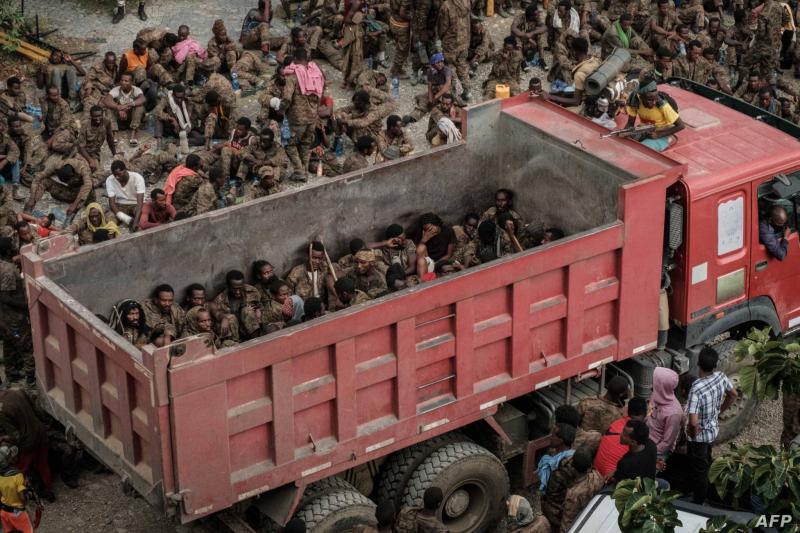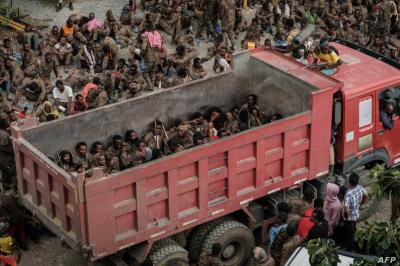The United Nations anticipates a record number of 274 million people, which is equivalent to the population of the fourth largest country in the world, will need emergency humanitarian aid next year in nations such as Afghanistan, Ethiopia, Myanmar, Syria, and Yemen. The crises in Afghanistan, Syria, Yemen, Ethiopia, and Sudan are identified as the five primary crises requiring the most funding, with Afghanistan, governed by the Taliban, leading the demand at $4.5 billion as "needs are increasing significantly."
These countries face a wide array of challenges, including war, insecurity, hunger, climate change, and the COVID-19 pandemic. The Office for the Coordination of Humanitarian Affairs (OCHA), in its annual review of future needs, forecasts a 17 percent increase in the number of individuals requiring urgent assistance in 2022. This implies that one in every 29 people will need aid next year, marking a 250 percent increase since 2015, when one in every 95 required help, according to the United Nations' annual report providing an overview of humanitarian conditions.
The office is appealing to donors for $41 billion to assist 183 million of the most vulnerable individuals across 63 countries in the coming year. Martin Griffiths, the United Nations' humanitarian coordinator, told reporters in Geneva that the number of people in need "has never reached this high level before," and providing assistance to such a large number of people "is not a sustainable issue, but it must continue."
Griffiths noted, "Climate crisis is hitting the world's most vulnerable first and worst. Prolonged conflicts persist, worsening instability in many parts of the world, particularly in Ethiopia, Myanmar, and Afghanistan... The pandemic is not over, and poor countries are deprived of vaccines." At the same time, climate warming and accompanying natural disasters could force 216 million people to seek refuge outside their countries by 2050.
The report warned that climate change continues to make famine a "real and terrifying possibility for around 45 million people in 43 countries." It stated that "without sustained and immediate action, 2022 could be catastrophic" in a world where 811 million people suffer from malnutrition.
Afghanistan is suffering from decades of war, catastrophic drought, and a severely deteriorated economy since the Taliban took power in August. More than 24 million people require essential aid, a significant increase caused by political unrest, repeated economic shocks, and acute food insecurity due to the worst drought in 27 years.
Yemen and Syria, where wars have been raging for years, also need assistance, but the needs in Ethiopia stand out particularly starkly following the attack launched by Addis Ababa's forces against the Tigray region. The United Nations noted that in Ethiopia, embroiled in conflict for over a year between government forces and Tigray regional forces, extending to the Amhara and Afar regions, thousands have been displaced, while conflict, drought, and locust invasion have pushed more people to the brink.
According to the UN Office for the Coordination of Humanitarian Affairs, 26 million people depend on humanitarian assistance in this country located in the Horn of Africa, with 400,000 on the edge of famine. Martin Griffiths stated that Ethiopia could "pose the greatest concern," although he pointed out other bleak situations elsewhere in the world. However, he was keen to emphasize the successes of humanitarian aid that can prevent disasters.
The appeal from OCHA includes needs from various UN agencies and partners, and it is likely that grants will not meet its ambitions. This year, donors provided over $17 billion for projects outlined in OCHA's review from the previous year, but funding was less than half of what the United Nations requested for 2021. Regarding this year, Griffiths said, "We reached 70 percent of the people we intended to reach. We recognize we will not receive $41 billion, but we will strive hard."




